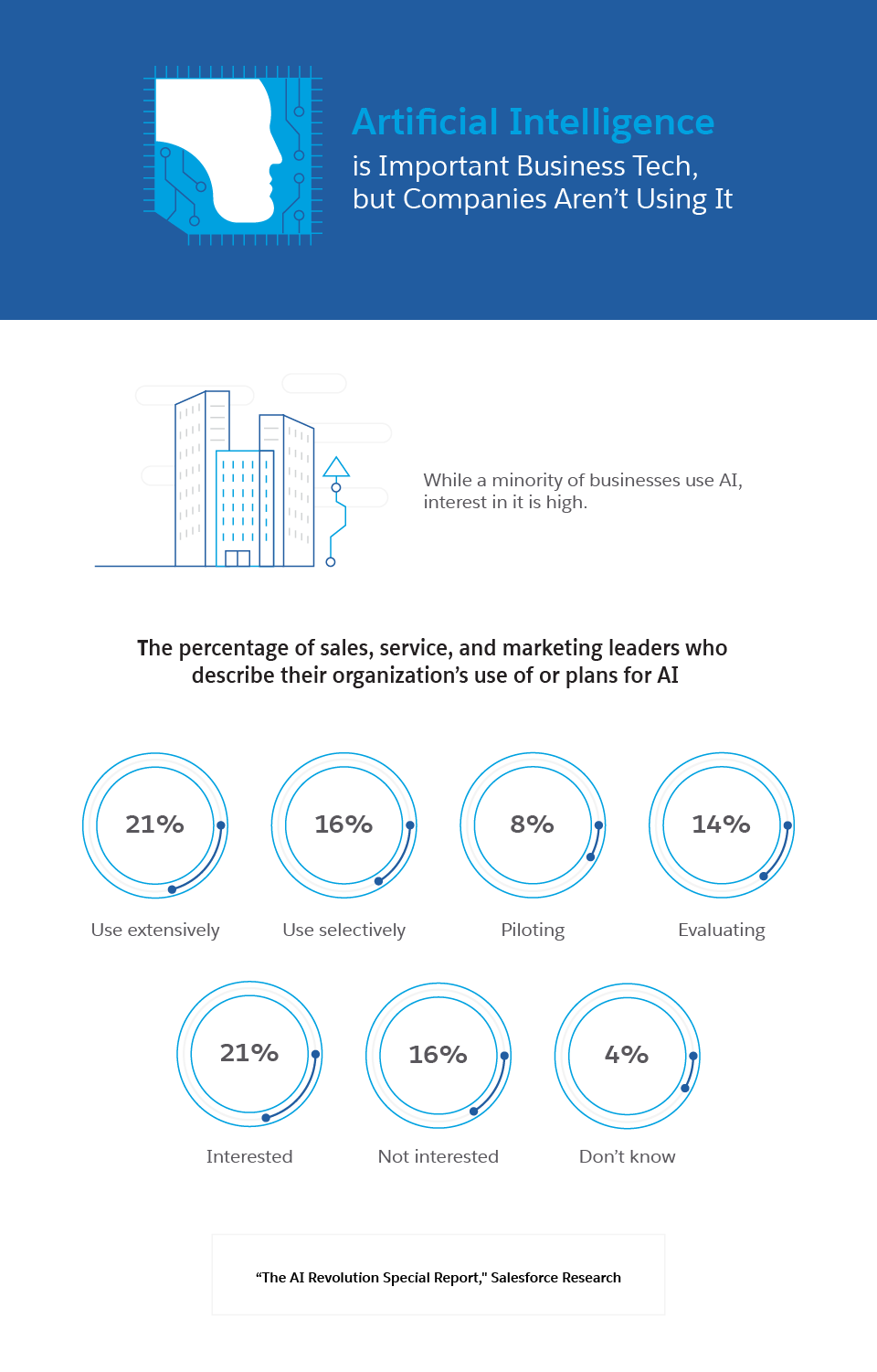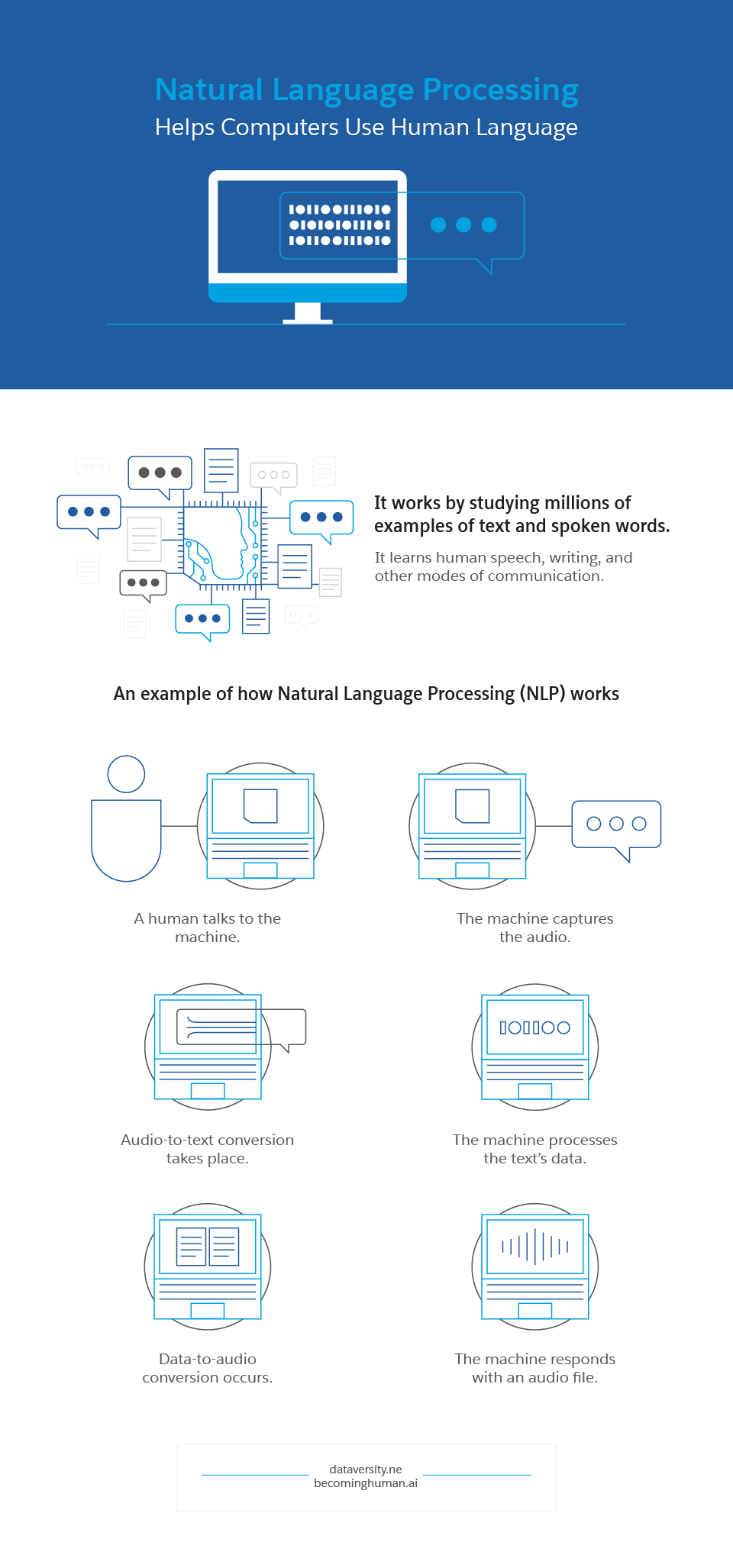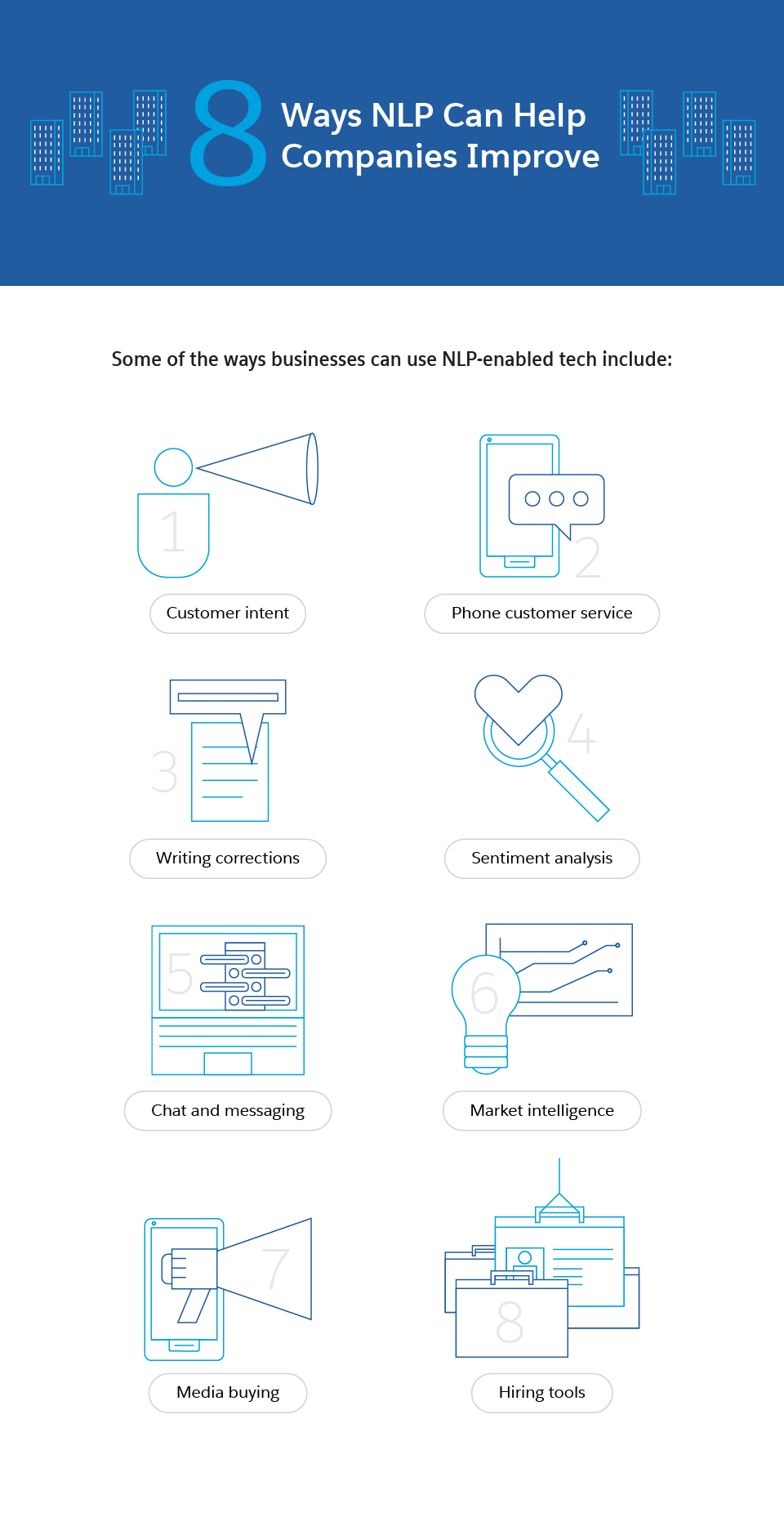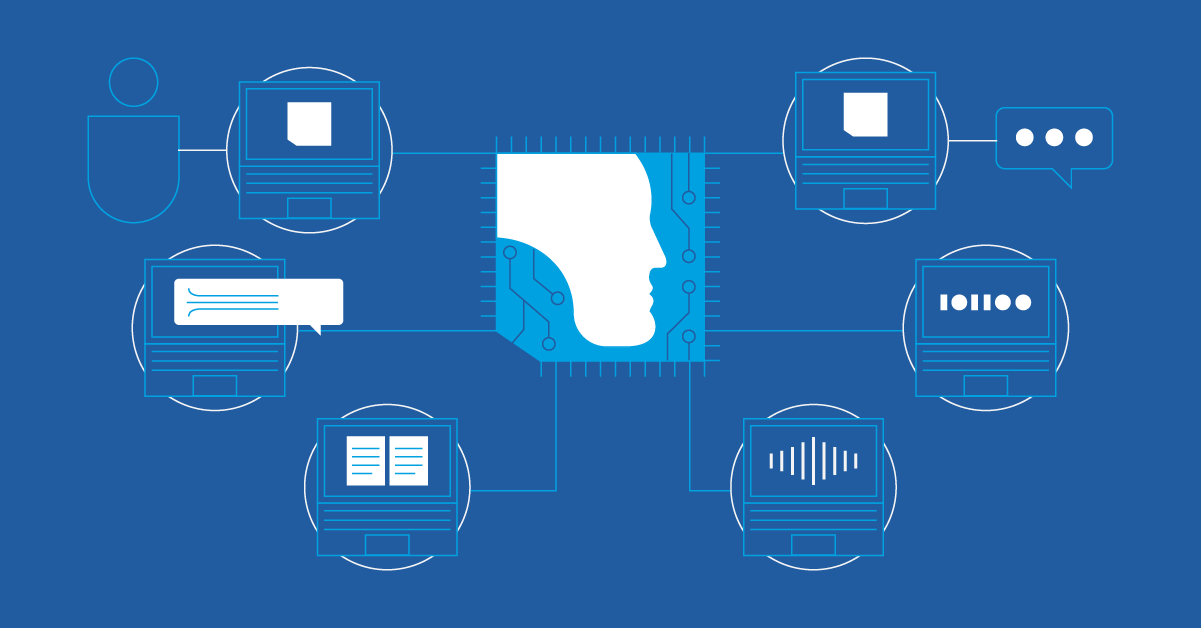Advances in technology are often met with skepticism and a “we don’t need that” mentality. Consider this quote from the article “Technology Outpaces Needs” by The New York Times in 1985: “As a general means of information exchange, the concepts are technologically intriguing. But they are economically naïve and, more importantly, no more convenient than the existing alternatives.”
The article is about email, the current most productive marketing channel and a communication medium that’s so widely used that it’s expected to be readily available on all our electronic devices.
Artificial intelligence is the latest major technological advance to emerge and bear the scrutiny of the general public. One big difference, however, is that AI has quietly become a part of daily life without many in the public even realizing it. In fact, consumers are educating technology every day.
- Wearable fitness trackers and health apps transmit enormous amounts of data to companies. They crunch this data to glean insights into a person’s health, potential diagnoses, the current health of a general population, and more.
- In order to submit a form or other information on some websites, users have to prove they’re human, not a spambot. This sometimes takes the form of a photo or series of photos and a prompt to identify a certain item. For example, the user may be presented with a photo grid of a street scene, and they’re asked to select photos that have cars in them. This method is actually teaching a program how to better identify images.
- When someone uses Google Maps — or an app that uses Google Maps, such as Uber — they share their location with Google and help it understand traffic and other data patterns. This is how Google estimates travel times and best routes.
Artificial Intelligence is Important Business Tech, but Companies Aren’t Using It
- While a minority of businesses use AI, interest in it is high.
- The percentage of sales, service, and marketing leaders who describe their organization’s use of or plans for AI is:
- 21% - Use extensively
- 16% - Use selectively
- 8% - Piloting
- 14% - Evaluating
- 21% - Interested
- 16% - Not interested
- 4% - Don’t know

Because AI is a fairly broad practice, the ways in which it’s in use and a part of life are varied and plentiful. The three uses above are just the tip of the iceberg.
As people train technology and as it understands how to learn with deep learning, it’s more helpful to both consumers and businesses. Companies that harness AI to their benefit, and to help their customers, are better for it.
One subset of AI is natural language processing, or NLP. Put simply, “NLP algorithms teach computers to use language like people.” Business tech, including chatbots and social media monitoring tools, uses NLP to help customers, understand their needs, and give companies a leg up with data and automated menial tasks. In short, NLP may not be discussed very often in the business world, but it’s a powerful foundation for tools and tech businesses use every day.
How does natural language processing work?
NLP is a computer trying to process human language and use it in a natural way. This can be hampered by accents, sarcasm, slang, and other nuances, and this branch of AI may never be indistinguishable from real human speech and writing. However, as more data exists through people using NLP-enabled tech, the programs will learn and improve.
Natural language processing works by studying examples of text and spoken words created by humans. These examples number in the millions (or higher). The algorithm learns “human speech, writing, and other modes of communication.”
According to Michael J. Garbade in his article “A Simple Introduction to Natural Language Processing,” an interaction between a human and a machine using NLP could have the following six steps:
- A human talks to the machine.
- The machine captures the audio.
- Audio-to-text conversion takes place.
- The machine processes the text’s data.
- Data-to-audio conversion occurs.
- The machine responds with an audio file.
One final step that often takes place is that the user can correct the machine. For vocal NLP, this may take the form of a prompt such as, “I heard X, is that correct?” or, “Did you mean…?” In text examples, the machine can learn by including a link at the top of a Google search asking if the user meant another phrase or word, or by including word choices above the keyboard when a user is texting.
The more data the algorithm can process and learn from, the more advanced its output will become.
Natural Language Processing Helps Computers Use Human Language
- It works by studying millions of examples of text and spoken words.
- It learns human speech, writing, and other modes of communication.
- It learns human speech, writing, and other modes of communication.
- An example of how NLP works:
- A human talks to the machine.
- The machine captures the audio.
- Audio to text conversion takes place.
- The machine processes the text’s data.
- Data to audio conversion occurs.
- The machine responds with an audio file.

Businesses must use NLP-enabled technology.
Most businesses use NLP, whether they realize it or not. However, it’s important to make an effort to use more advanced versions of NLP that have specific, company-advancing uses. Customer relationship management (CRM) tools, as well as platforms for specific departments or industries, are most powerful when they have built-in AI and NLP technology.
Natural language processing helps workers with menial tasks, improves their writing, assists a brand in understanding how customers feel about its products, and more.
Customer Intent
The words your customers and potential customers use in emails, chats, web forms, and other media can help an NLP-enabled CRM platform recognize potential intent. A company can learn which products leads are interested in, the likelihood of a potential sale, or which representative a customer should talk to about their service need.
Phone Customer Service
Calling companies can now result in verbally maneuvering through phone trees (“Press or say, ‘one,’ to speak to a representative.”) or completing more complex tasks, such as refilling a prescription.
Writing Corrections
If an employee is a bad writer, no one has to be the wiser. Programs use NLP to alert writers of misspelled words, and users can use a search engine to find the correct spelling, too. This has expanded into voice assistants: Ask Siri how to spell a word, and it responds by repeating the word then spelling it out loud. NLP further helps with grammatical issues, sometimes auto correcting typos and grammatical errors without asking the user for input. Word processing software and writing apps such as Grammarly shouldn’t be overlooked in how they can help employees.
8 Ways NLP Can Help Companies Improve
Some of the ways businesses can use NLP-enabled tech include:
- Customer intent
- Phone customer service
- Writing corrections
- Sentiment analysis
- Chat and messaging
- Market intelligence
- Media buying
- Hiring tools

Sentiment Analysis
Monitor social media to learn how users feel about an industry, product, brand, and more. NLP can look for trigger words, such as “great,” and give a company insight into how its audience responds to it. Of course, this is where sarcasm can make NLP difficult — “Oh, well that’s just great,” for example — but social media monitoring and overall sentiment analysis of emails, forums, chats, reviews, and other data can help a company act on what customers need.
Chat and Messaging
When users interact with NLP technology through messaging systems, they can often perform tasks, have customer service issues fixed without needing a representative, or find information they need. Chat bots, automated text messages, Facebook Messenger, and other tools are available for companies to keep in touch with and help customers on the go.
Market Intelligence
Companies can enlist natural language processing to do their market research for them. NLP tech can scour “text, infographics and images in news articles, reports, SEC filings and company websites” and more to collect data, then process it to find important news and insights into competitors, industries, and markets. This information helps companies make better data-based decisions.
Media Buying
With market research, sentiment analysis, and customer intent analysis, companies can learn new audiences to target with their advertising. Vik Bogdanov writes, “NLP software helps broaden the range of channels for ad placement, helping companies spend their ad budgets more effectively and target potential clients.”
Hiring Tools
The hoops a candidate has to jump through in order to submit an application to a company can be frustrating. When it’s too complicated, even the brightest candidates will give up. A simplified application process can help companies recruit better talent. Human resources departments can rely on tools that use NLP to help them sort through resumes and applications more effectively. Instead of looking for a specific term, for example, NLP can judge resumes based on similar words and phrases.
Natural language processing empowers companies.
Some instances of NLP have been around for years. For most users, seeing a squiggly red line under a word is just a part of life. As data continues to proliferate and NLP is used more often, it will improve and affect more consumers in a positive way. Someday, that may mean that Siri and Alexa will understand Scottish accents. Or, in a broader sense, it will better help customers help themselves with automated services that free agents to help those customers who need the human touch.
No matter how it improves, NLP is a tool that businesses must use to stay competitive. It helps employees and customers alike, and its advances mean it will likely someday be just as important as the now ubiquitous email.
Share "Get to Know AI for Business: Natural Language Processing " On Your Site



